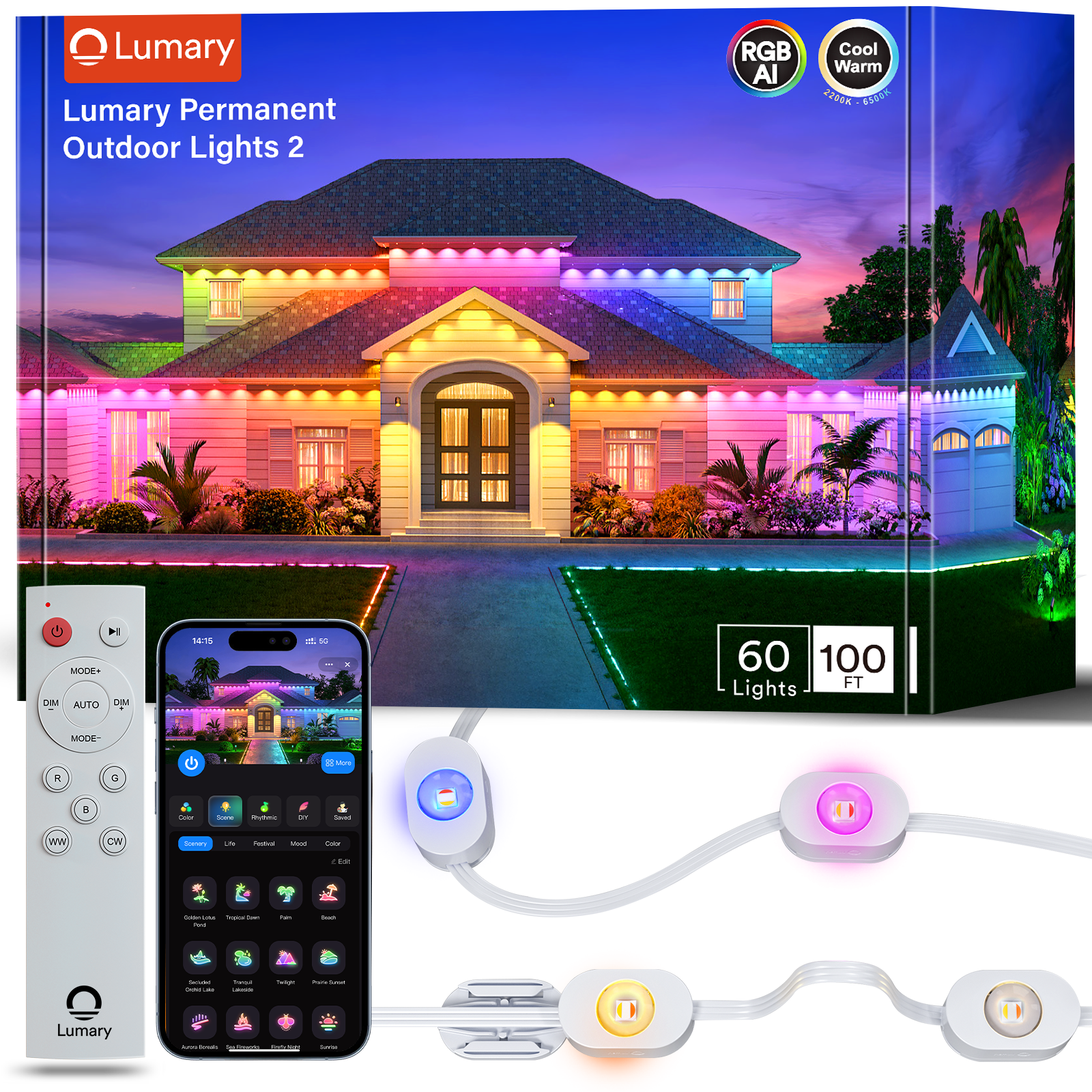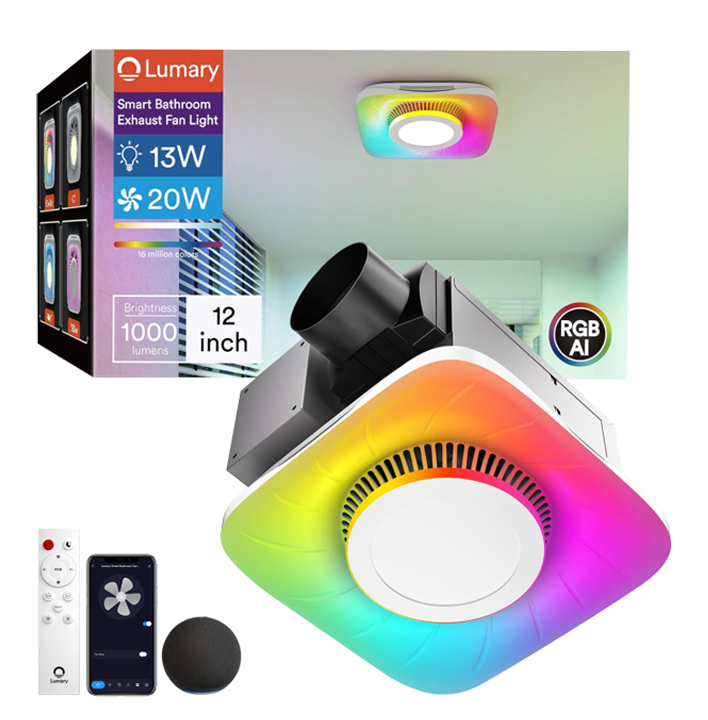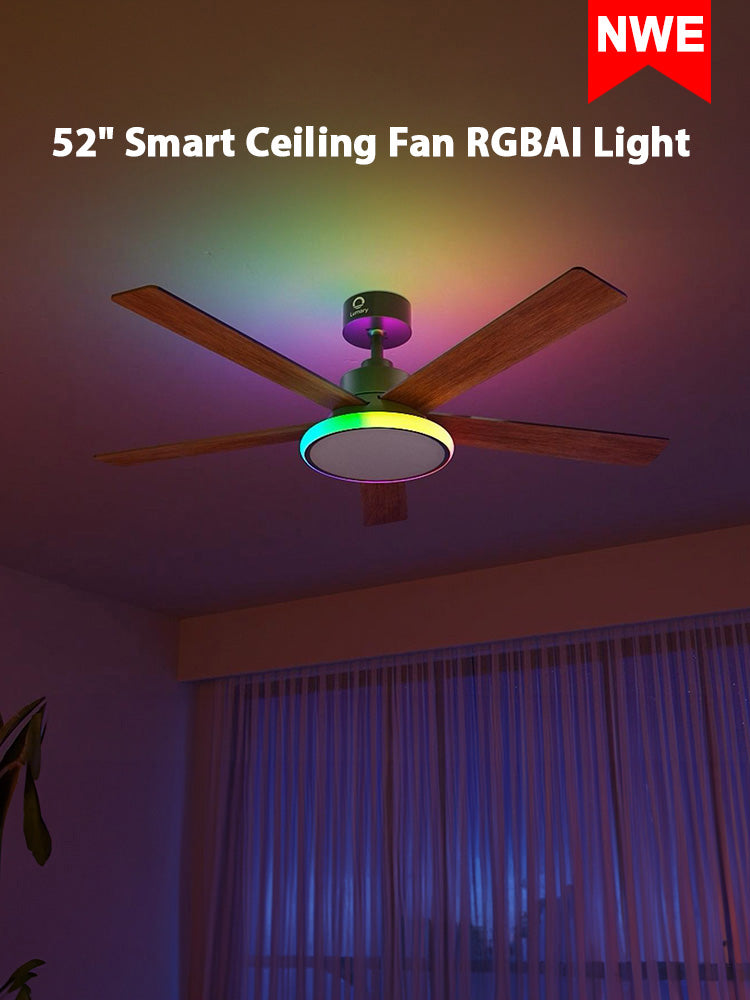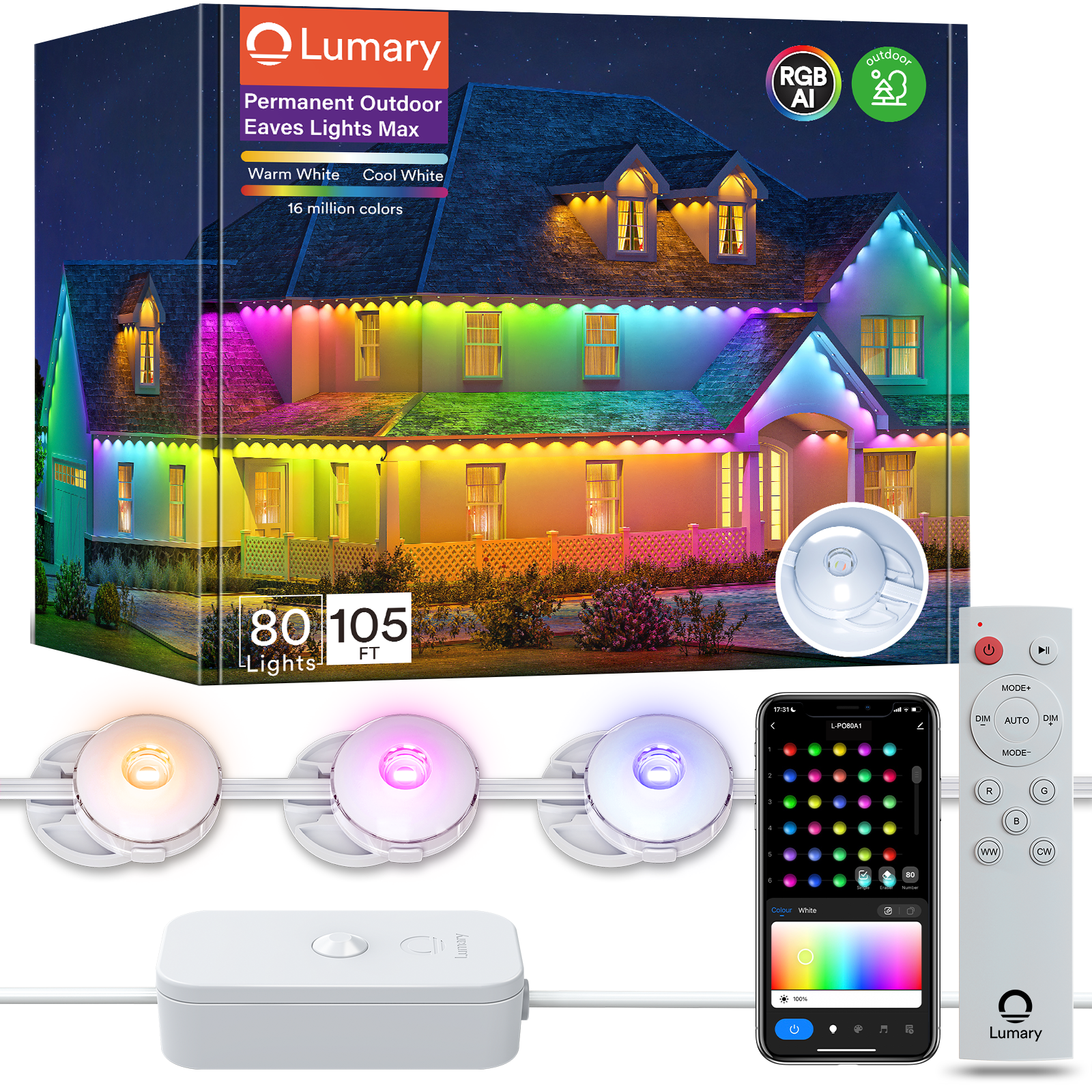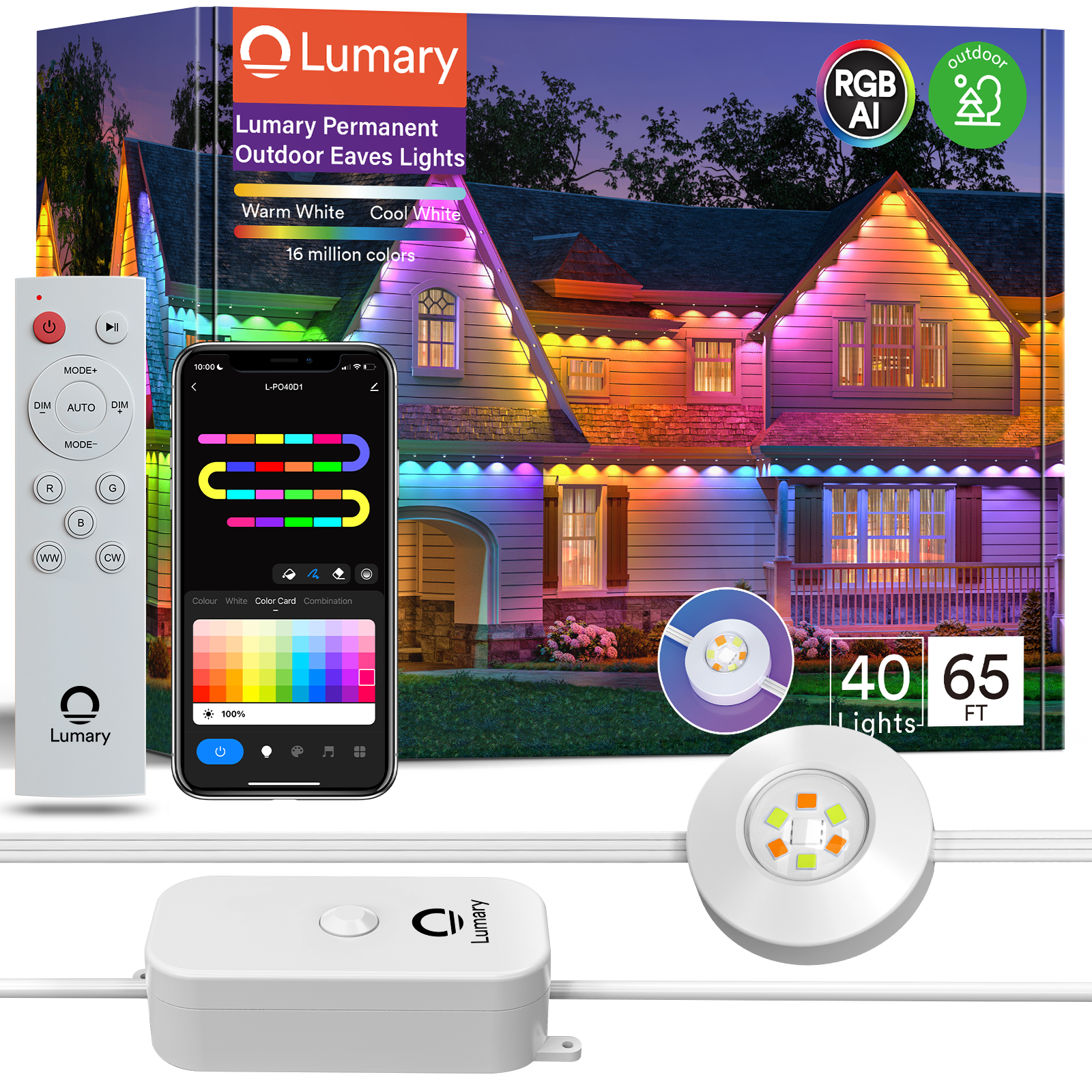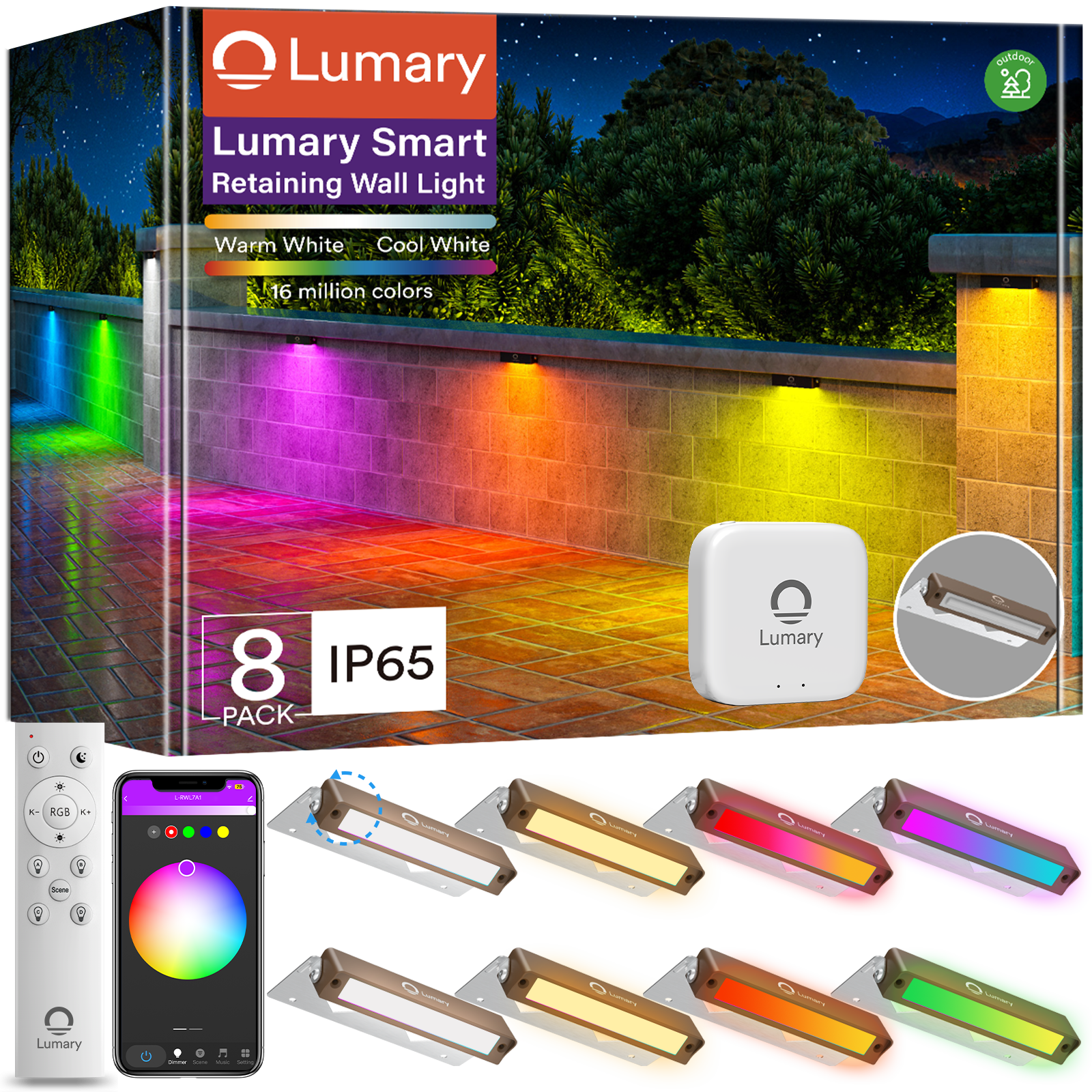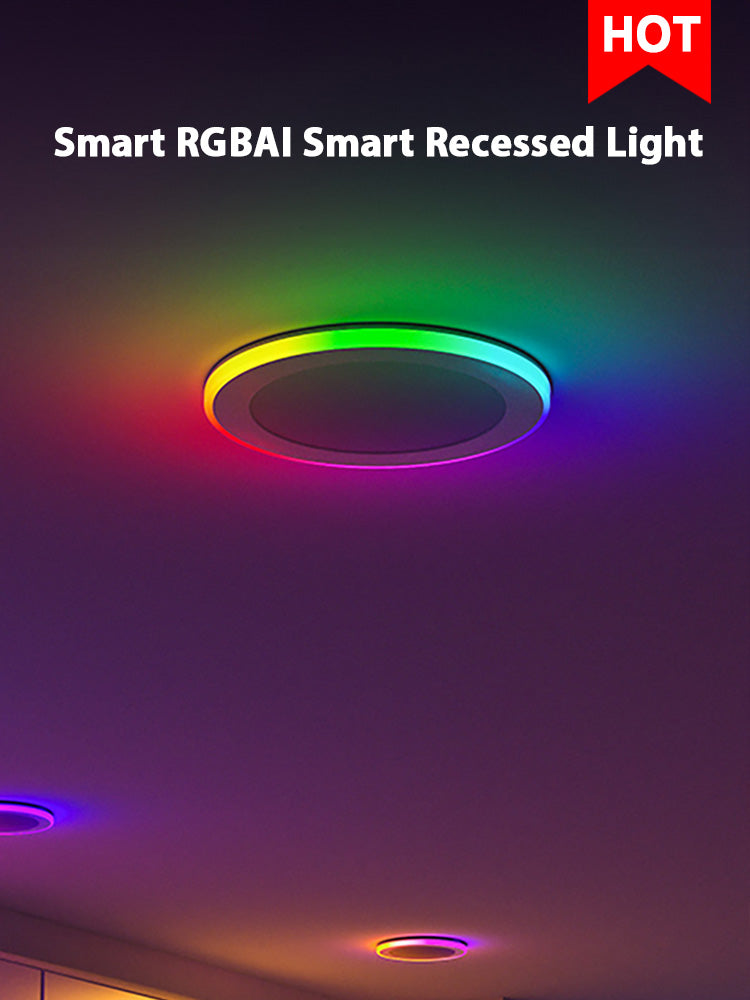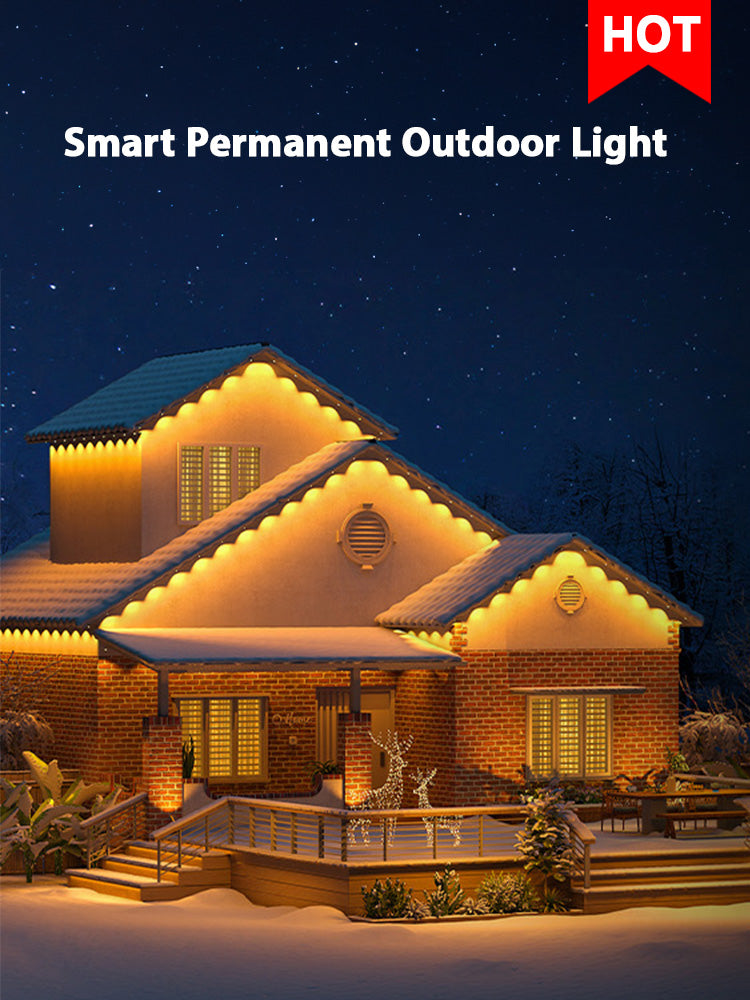Smart lighting systems revolutionize conventional home lighting into a dynamic and energy-efficient experience. With the increasing adoption of smart lighting in modern homes, homeowners are drawn to the convenience and cost-saving advantages it offers. The trend of DIY smart lighting has become popular, allowing individuals to personalize their lighting setup without the need for professional assistance. This trend is in line with the expanding market, projected to reach USD 18.0 billion by 2029, with a compound annual growth rate of 13.8%. In addition to enhancing ambiance, smart lighting systems also lead to significant energy savings, cutting lighting costs by up to 70%.
Understanding DIY Smart Lighting

What is Smart Lighting?
Definition and Overview
Smart lighting refers to advanced lighting systems that offer enhanced control and customization. These systems use technologies like Wi-Fi, Bluetooth, and Zigbee to connect with smart home devices. Users can manage smart lights through apps, voice commands, or automated schedules.
Types of Smart Lighting Systems
Several types of smart lighting systems exist. Smart bulbs like the Phillips Hue allow users to adjust brightness, set schedules, and change colors. Smart LED bulbs, strip lights, and downlights integrate into a smart hub, enabling control of multiple fixtures simultaneously. Each type offers unique features to suit different needs and preferences.
How Smart Lighting Works
Basic Components
Smart lighting systems consist of several key components. Smart bulbs or fixtures form the core. A smart hub often connects these components, facilitating communication between devices. Control interfaces such as mobile apps or voice assistants enable users to manage their lighting setup.
Connectivity and Control Mechanisms
Smart lighting systems rely on various connectivity options. Wi-Fi and Bluetooth provide direct communication between lights and control devices. Zigbee and Z-Wave create mesh networks, enhancing reliability and range. Users can control their lights through apps like the Lumary App or voice assistants like Alexa, Google Assistant, and Siri.
Smart Lights vs. Smart Switches
Smart Lights
Benefits of Smart Lights
Smart lights offer a range of features that enhance home lighting. Users can change the color and temperature of the light to suit different moods or activities. Smart lights like the Lumary Smart RGBAI Can Light provide customizable options with gradient accent night lights. These lights allow users to create a cozy ambiance or set the mood for a party. The Lumary App enables control via Bluetooth and Wi-Fi, making it easy to manage lighting from anywhere. Voice control with Alexa, Google Assistant, and Siri adds convenience.
Pros and Cons
Pros:
- Customizable colors and brightness.
- Easy installation without rewiring.
- Integration with smart home systems.
Cons:
- Higher cost per bulb compared to traditional bulbs.
- Requires multiple bulbs for large areas.
- Dependency on Wi-Fi for full functionality.
Best Use Cases
Smart lights work best in areas where ambiance and customization are important. Living rooms, bedrooms, and entertainment spaces benefit from the color-changing features. Smart lights also enhance home theaters by syncing with entertainment systems. These lights suit homes where users seek flexibility and personalization in lighting.
Smart Switches
Benefits of Smart Switches
Smart switches offer a cost-effective way to automate home lighting. These switches control existing light fixtures, making all connected bulbs smart. Smart switches provide multiple control options, including traditional switches, voice commands, and apps. This versatility makes them suitable for various lighting setups. Smart switches like those compatible with Zigbee and Z-Wave enhance reliability through mesh networks.
Pros and Cons
Pros:
- More budget-friendly than multiple smart bulbs.
- Control over hard-to-reach and outdoor lights.
- Compatibility with existing light fixtures.
Cons:
- Lack of color-changing features.
- More complex installation requiring wiring knowledge.
- Higher initial cost compared to individual smart bulbs.
Best Use Cases
Smart switches excel in areas with multiple light fixtures or recessed ceiling lighting. Large rooms and spaces with hard-to-reach lights benefit from the centralized control. Outdoor lighting controlled by indoor switches also gains from smart switch automation. Smart switches suit homes where users prioritize cost-effectiveness and ease of control over color customization.
Key Benefits of DIY Smart Lighting

Energy Efficiency
Reduced Energy Consumption
DIY smart lighting systems significantly reduce energy consumption. Modern LED technology, remote management, and sensor systems contribute to this reduction. Studies show that smart lighting can lower energy use by up to 50% in indoor environments. Smart bulbs connected to apps can alert users about lights left on when no movement is detected. This feature leads to immediate energy savings.
Cost Savings
Energy-efficient lighting translates to cost savings. Homeowners can cut lighting costs by up to 70% with DIY smart lighting. The initial investment in smart bulbs or switches pays off over time. Reduced energy bills and longer-lasting LED bulbs contribute to these savings. Smart lighting systems also offer rebates and incentives from utility companies. These financial benefits make DIY smart lighting a cost-effective choice.
Convenience and Control
Remote Access
DIY smart lighting provides unparalleled convenience. Users can control their lights remotely through mobile apps. This feature allows homeowners to manage lighting from anywhere. Voice assistants like Alexa, Google Assistant, and Siri enhance this convenience. Remote access ensures that lights can be turned on or off even when away from home. This functionality adds a layer of control and flexibility.
Customization Options
Customization is a key benefit of DIY smart lighting. Users can adjust brightness, color, and temperature to suit different moods or activities. Smart lights like the Lumary Smart RGBAI Can Light offer a wide range of colors and scene modes. These options allow for personalized lighting setups. Customization enhances the ambiance of living spaces and adapts to various occasions. DIY smart lighting systems make it easy to create the perfect lighting environment.
Enhanced Security
Automated Lighting Schedules
Automated lighting schedules improve home security. DIY smart lighting systems can be programmed to turn lights on and off at specific times. This feature creates the appearance of someone being home even when the house is empty. Automated schedules deter potential intruders and enhance overall security. The ability to set schedules adds a layer of protection to homes.
Integration with Security Systems
Integration with security systems further enhances safety. DIY smart lighting can work in tandem with security cameras and alarms. Lights can be programmed to turn on when motion is detected. This integration provides an additional deterrent against intruders. Smart lighting systems offer a comprehensive approach to home security. The combination of lighting and security features ensures peace of mind for homeowners.
Practical Applications and Recommendations

Specific Product Recommendations
Popular Smart Light Brands
Phillips Hue stands out as a leader in smart lighting solutions. Their range includes smart bulbs, sensors, and switches. Phillips Hue products integrate seamlessly with smart home systems like Amazon Echo, Apple HomeKit, and Google Home. The Phillips Hue white starter kits start at around $70. These kits allow users to control lights from anywhere with a Wi-Fi signal. For those seeking color and ambiance, the multi-color starter kit offers an excellent option.
Lumary also provides innovative smart lighting solutions. The Lumary Smart RGBAI Can Light with Gradient Accent Night Light offers dual-controlled RGBAI+CCT technology. This feature allows for maximum customization with a wide range of colors and adjustable brightness. The Lumary App enables control via Bluetooth and Wi-Fi. Voice control through Alexa, Google Assistant, and Siri adds convenience. The unique triangle legs design ensures easy installation.
Popular Smart Switch Brands
Kasa Smart Plug offers a cost-effective entry into smart lighting. Kasa provides a comprehensive line of smart switches and bulbs. These products work over Wi-Fi, and the Kasa app allows for complete smart lighting system creation. The Kasa Smart Plug also monitors energy use, adding another layer of functionality.
Lutron Caseta is another notable brand in smart switches. Lutron Caseta switches work with various smart home systems, including Amazon Alexa, Apple HomeKit, and Google Assistant. These switches offer reliable performance and easy integration with existing light fixtures.
Step-by-Step DIY Installation Guide
Tools and Materials Needed
- Smart bulbs or switches (e.g., Phillips Hue, Lumary Smart RGBAI Can Light, Kasa Smart Plug)
- Smart hub (if required by the smart lighting system)
- Screwdrivers (flathead and Phillips)
- Wire strippers (for smart switch installation)
- Voltage tester (for safety during installation)
- Mobile device (for app setup and control)
Installation Steps
- Turn off power: Ensure safety by turning off the power at the circuit breaker.
- Remove existing fixture or switch: Use screwdrivers to remove the current light fixture or switch.
- Install smart bulb: For smart bulbs, simply screw the bulb into the socket. For smart switches, follow the next steps.
- Connect wires: Use wire strippers to prepare the wires. Connect the wires from the smart switch to the corresponding wires in the wall. Use wire nuts to secure the connections.
- Mount the switch: Secure the smart switch into the wall box using screws.
- Restore power: Turn the power back on at the circuit breaker.
- Set up the app: Download the relevant app (e.g., Lumary App). Follow the in-app instructions to connect the smart bulb or switch to the Wi-Fi network.
- Test the setup: Use the app or voice control to test the functionality of the smart lighting system.
By following these steps, homeowners can easily install and enjoy the benefits of DIY smart lighting.
DIY smart lighting offers numerous benefits, including energy efficiency, convenience, and enhanced security. Homeowners can enjoy reduced energy consumption and significant cost savings. The ability to control lights remotely and customize settings adds a layer of convenience. Automated schedules and integration with security systems improve home safety. Smart lighting transforms homes into dynamic, personalized spaces. The future of smart home technology looks promising, with continuous advancements enhancing user experience. Embracing DIY smart lighting can lead to a smarter, more efficient home.

